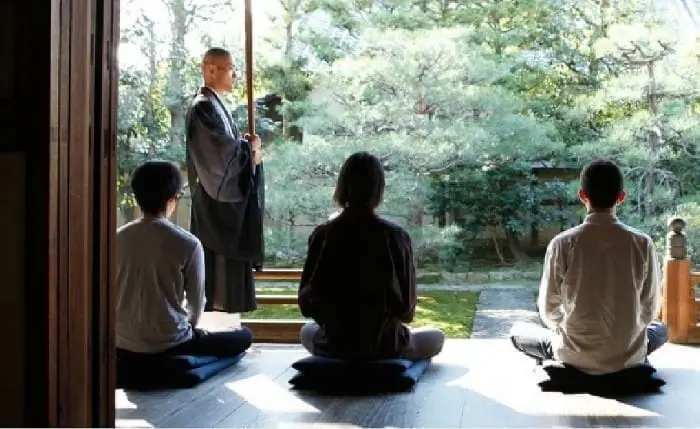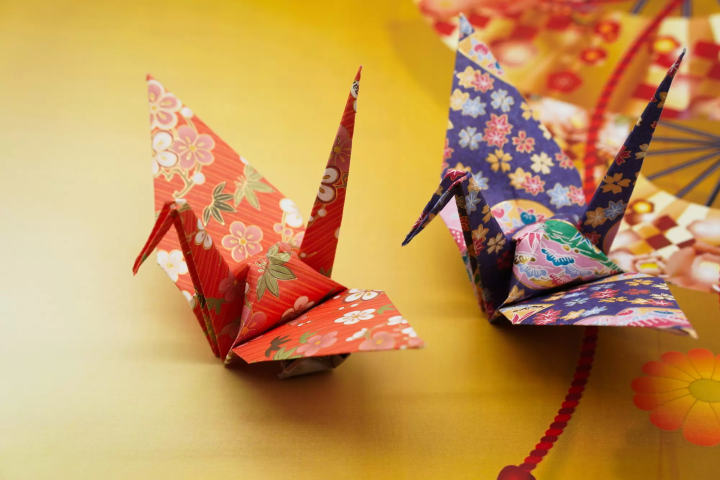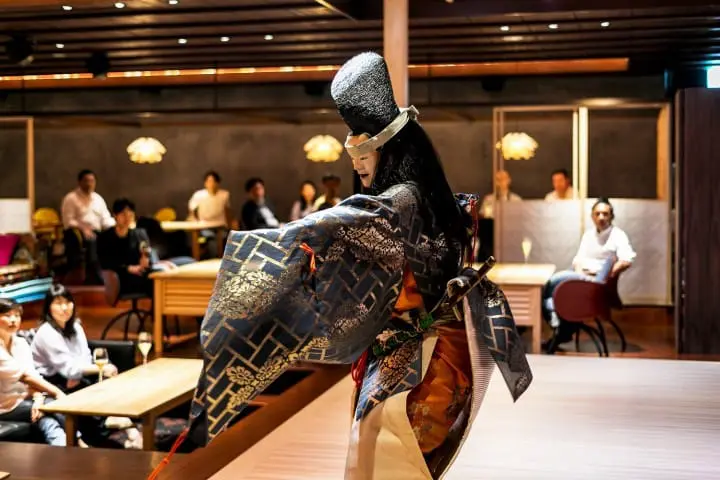Experience Kabuki, Sumo, Tea Ceremony and Other Traditional Activities

Would you like to learn Zen meditation? How about refine your calligraphy skills, or even taking part in a tea ceremony? Read on for more on how to enjoy these Japanese traditions for yourself!
If You're Visiting Japan, Experience Japanese Culture!
In Japan there are all kinds of traditional activities. There are probably some of you who would like to try some of these activities while visiting Japan, so in this article we'll introduce the most popular ones to you.
Read also:
Enjoy The Art of Japanese Calligraphy - Shodo Workshops for Tourists
The World Of Maiko And Geiko - How To Meet Them
Shadowy Spies And Where To Find Them - A Modern Ninja Village!
Kabuki

Kabuki is a kind of traditional theater that started during the Edo period and has continued for more than 400 years. It entertains audiences by virtue of its three main elements: drama, dancing and music. During the Edo period a woman started a dance called kabuki odori, which became the start of kabuki. It quickly spread in popularity and took on a theatrical form, but due to the deterioration of public morals at the time, women were eventually banned from performing in kabuki.
In present-day kabuki, only men are allowed to take the stage. Female roles are performed by men dressed up as women and are referred to as onnagata. One of the highlights of kabuki is that the movements and expressions of the onnagata are often more feminine and lady-like than the women themselves.
One can see kabuki throughout the year at the Kabuki-za theater in Tokyo's Ginza district, and in Osaka and Kyoto, kabuki is performed at set times during the year.
Read also:
How To Watch a Kabuki Play at Kabukiza Theater
Kabukiza Theater - How to Enjoy It Without Buying a Ticket
Sumo

Sumo is Japan's national sport. But today there are many non-Japanese wrestlers competing, and sumo has a legion of loyal fans outside of Japan as well. Wearing mawashi, or waist belts, two wrestlers compete against each other (*1)
in a ring called dohyō which measures only 4.55 metres in diameter. These wrestlers are called rikishi.
Sumo was first established as an organized sport in the 17th century and today many wrestlers born outside of Japan compete alongside their Japanese counterparts. Early sumo had its roots in religious ceremonies and even today some of those customs remain.
For example, sake, rice and salt are used as offerings to welcome the god of sumo prior to the opening bout on the first day of a tournament, and then on the final day called senshūraku, there is a custom of sending the god off.
In Tokyo, all bouts are held at the Ryōgoku Kokugikan Sumo Hall.
*1 One wrestler wins the match when he is able to force his opponent to step out of the ring or force his opponent to touch the ground with a part of his body other than the bottom of his feet.
Maiko and Geiko

Dressed in kimonos, maiko (geisha apprentices) and geiko (Kyoto geisha) are female performers who employ their refined skills in conversation, dancing and singing among others, to entertain and liven up the atmosphere at banquets and other events.
Dating back approximately 300 years, the tradition of maiko and geiko began at a place called Mizucha-ya, near Kyoto's Yasaka shrine. This was a shop that served tea to those visiting local shrines and temples, and to people traveling down the main roads in the area. Women who worked at this shop, called chakumionna, often performed songs and dances for their customers, and this eventually became the tradition of maiko and geiko.
Kyoto's hanamachi, or geisha district, is where many of the geigiokiya (lodging houses for maiko and geiko) are clustered, and where you might have a chance to encounter a maiko or geiko.
Shodō

In Japan there are various performing arts and traditional cultures that have lasted for many years. One of these is shodō, or Japanese calligraphy, a traditional art in which characters of the Japanese language are stylistically written according to the particular font and style that's been chosen.
Since ancient times shodo has adopted the use of a writing instrument called a fude, or calligraphy brush; and sumi, or ink stick; to express the writing of kanji and kana characters in an artistic manner. In the very beginning, the practicality of writing characters was emphasized. But as this art form developed and progressed, an appreciation for the beauty of the characters also began to emerge.
Ninja

There are probably many people who have an image of ninja when they think of Japan. Ninja, whose popularity isn't limited to Japan but extends to other parts of the world as well, refers to those who were engaged in espionage and secret service-type activities in Japan from the 10th to the 18th century.
Ninja usually worked in agriculture or as craftsmen, but in the shadows they trained and honed their physical and mental skills and when a request for their services was received, they would begin their covert activities. Depending on the region of Japan, ninja were called by a variety of other names including kusa, or the grasses, and their duties also involved sneaking into houses and buildings and infiltrating enemy territory. They even went so far as to live amongst and blend in with the locals on the enemy side, then would sometimes wait several years or even decades until the timing was right, at which time they would spring into action and carry out their subversive activities and spy mission.
Sadō

One of Japan's spiritual disciplines which is not only watched, but can also be easily appreciated and enjoyed through direct experience is sadō, or tea ceremony. Tea ceremony is essentially an aesthetic ritual in which powdered green tea is prepared and then enjoyed, not merely by tasting it but also by appreciating the entire experience through one's senses. During this process from start to finish, a series of predetermined steps are faithfully adhered to. Both the host preparing the tea and the guests receiving this hospitality or omotenashi, respect and follow the manners and etiquette (saho) as the ceremony proceeds, clearly distinguishing the tea ceremony from the custom of simply drinking tea in one's everyday life.
Zen Meditation

Zen is a word that is well known around the world. Though the Zen sect originated in China, for many people Japan also comes to mind because Zen developed and flourished in its own unique way after being introduced here.
Zen is a school of Buddhism that tries to enlighten its followers on the teachings of Buddha, which they believe can't be expressed through characters or words. The founder was a person in China named Daruma.
A Zen that strictly adheres to one specific doctrine or particular religious belief does not exist. After Zen spread to Japan, it took on an original shape and form of its own that didn't just influence religious groups but also had an impact on various elements of Japanese culture.
One of Zen's characteristics is a meditative discipline called zazen, or "seated meditation", a kind of training in which one is required to sit cross-legged on the floor and hold that position without moving, for extended periods of time. Through the practice of zazen, returning to a more pure and essential state where the mind has been cleared of all ideas and thoughts, is one of Zen's fundamental principles.
Recommended articles:
What Are the Teachings of Zen Buddhism? Gardens, Art and Zazen
Kabukiza Theater - How to Enjoy It Without Buying a Ticket
Kaho Theater In Fukuoka - Discover The Essence Of The Japanese Stage!
Time Travel to Edo Period Via Highway! Hanyū PA - Onihei Edodokoro
Find Zen And Beauty At Kenninji, Kyoto's Oldest Zen Temple
Photos by AC, Pixta
旅行が趣味の22歳です。日本の魅力をお届けします。

































![[Reopening in March 2026] Ikoma Sanjo Amusement Park Park, 45 minutes from Osaka , with free admission](https://resources.matcha-jp.com/resize/720x2000/2024/08/28-194409.webp)
![[Gunma] 5 recommended gourmet foods at Kawaba Denen Plaza Roadside Station!](https://resources.matcha-jp.com/resize/720x2000/2025/02/26-225970.webp)
![[Kanazawa] Enjoy the world of gold leaf to the fullest in the city with the highest production volume in Japan](https://resources.matcha-jp.com/resize/720x2000/2025/11/12-249564.webp)
![[2026] Family Winter Trip to Suzuka Circuit! – For Both Day trips and Overnight Stays!](https://resources.matcha-jp.com/resize/720x2000/2025/12/26-254097.webp)
